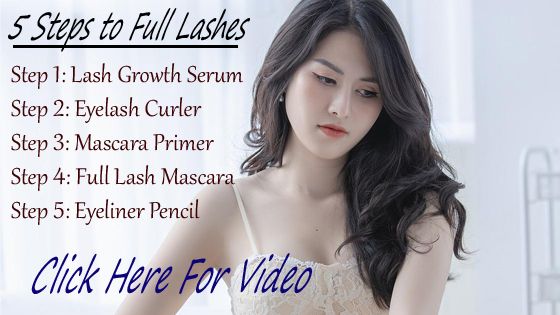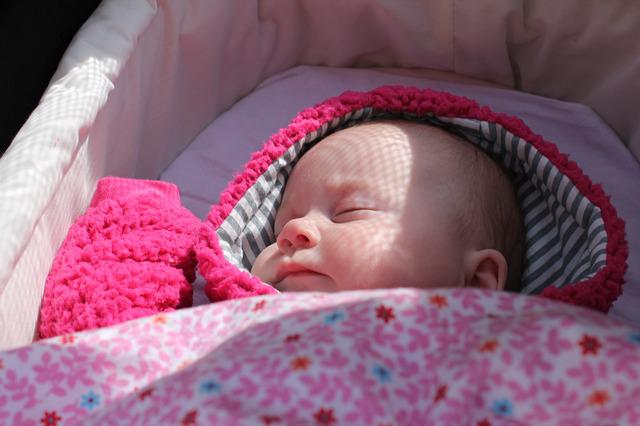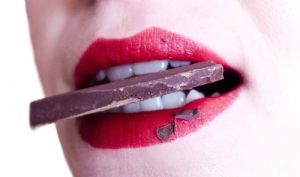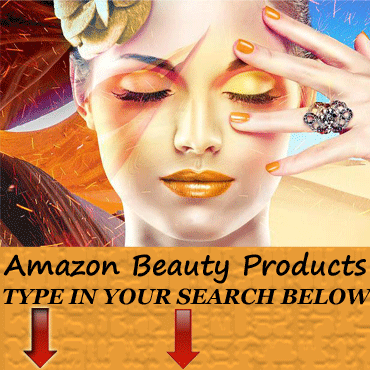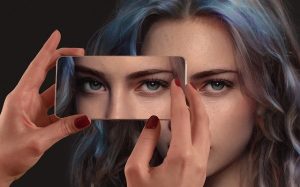While milia on eyelid is typically harmless, they can be unsightly. There are a number of treatments available for milia, and one of them is Paula’s Choice Exfoliate 2% BHA Liquid. This product contains an ingredient called salicylic acid, which helps to break down the dead skin cells that can clog pores and cause milia. In addition, the exfoliating properties of this product can help to prevent new milia from forming. If you’re looking for a treatment for milia on your eyelids, Paula’s Choice Exfoliate 2% BHA Liquid is definitely worth trying.

TOP 5 Products For Milia Removal Dr Dray | Milia On Eyelid Video
Milia is most common in newborns, but they can happen to adults too. Milia are not harmful and usually go away on their own. However, if you have milia, you might be wondering how to get rid of them. While there’s no surefire way to prevent milia, there are a few things you can do to reduce your risk.
First, clean your eyelids regularly with a mild soap or cleanser. Be sure to remove all makeup before going to bed. Also, avoid using harsh makeup or skincare products around your eyes. If you do get milia, don’t try to remove them yourself. Instead, see a dermatologist or other healthcare provider for treatment. With proper care, milia will eventually go away and your eyelids will be back to normal.
Milia on eyelid is a condition that can be caused by a number of things, including genetics, skin conditions, and sun damage. The good news is that there are a number of ways to get rid of milia on eyelid, including home remedies and medical treatments. The best way to determine the cause of your milia on eyelid is to consult with a dermatologist or other medical professionals. With their help, you can develop a plan to get rid of the milia on your eyelid and keep it from coming back.
Milia on eyelid causes can vary, but the bottom line is that milia on eyelid is not something you have to live with. There are treatments available that can help you get rid of milia on eyelid for good.

